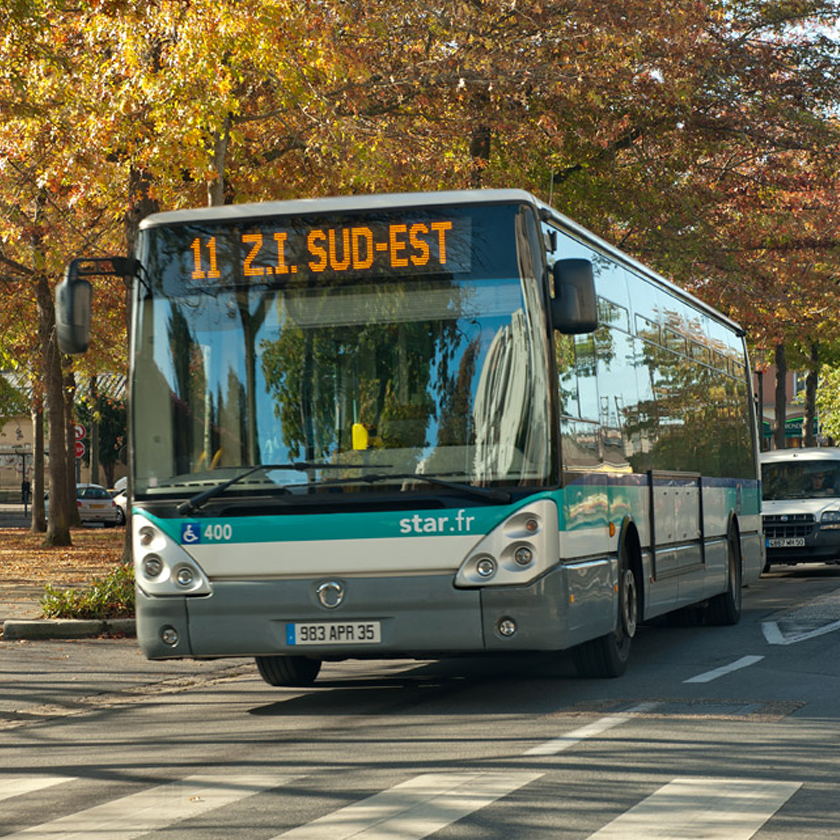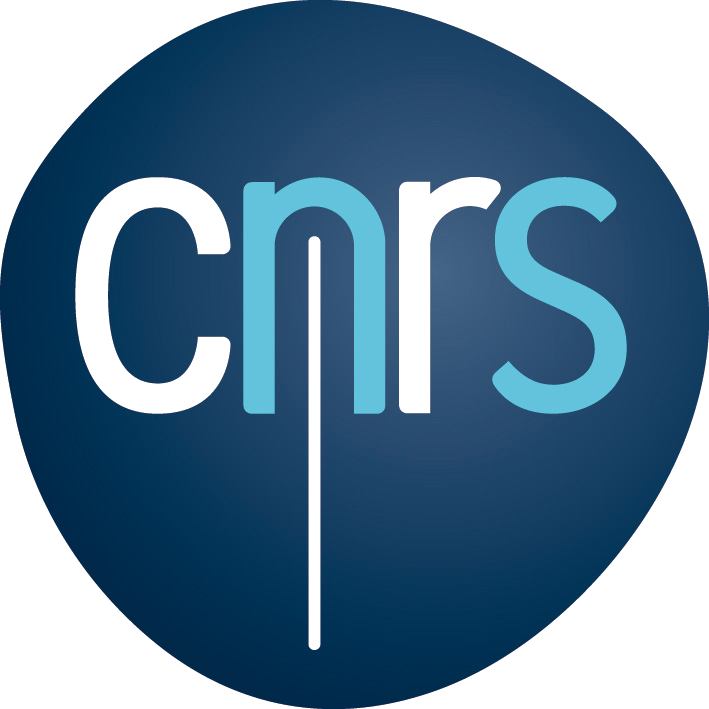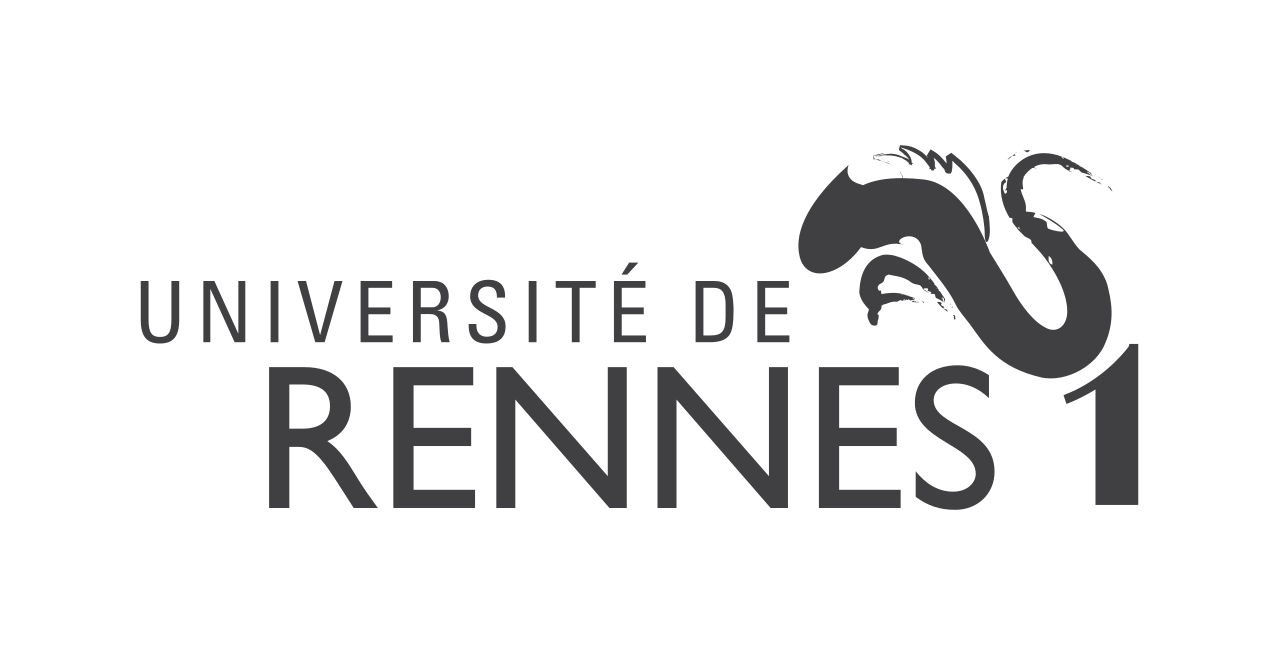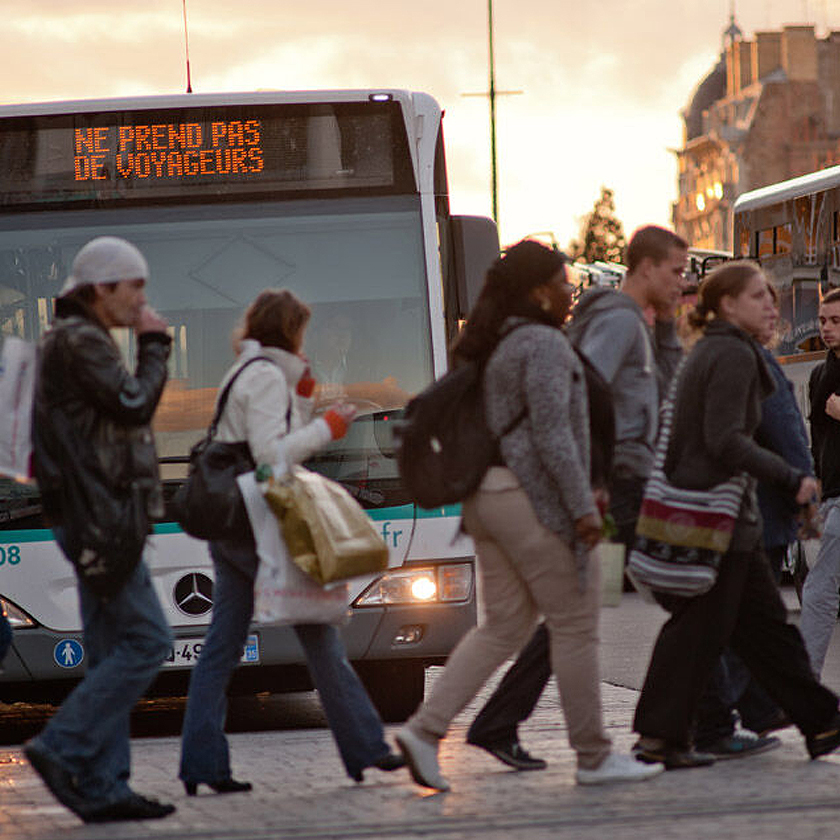Innovation: Micro-sensors for fine particulates on Keolis Rennes buses
Created in September 2018, the AQMO consortium – a scientific, technical and economic partnership – brings together several local and national players: Keolis, the city of Rennes, University of Rennes 1, CNRS / IDRIS and Air Breizh. Their joint project is to continuously measure air quality in the Rennes public transit system using high-performance computing (HPC). Eight Keolis Rennes buses were thus equipped with micro-sensors for fine particulates. The resulting data will then be processed and shared in map form – over a cloud platform – with residents, local authorities, scientists and businesses, making Rennes a true smart city.






